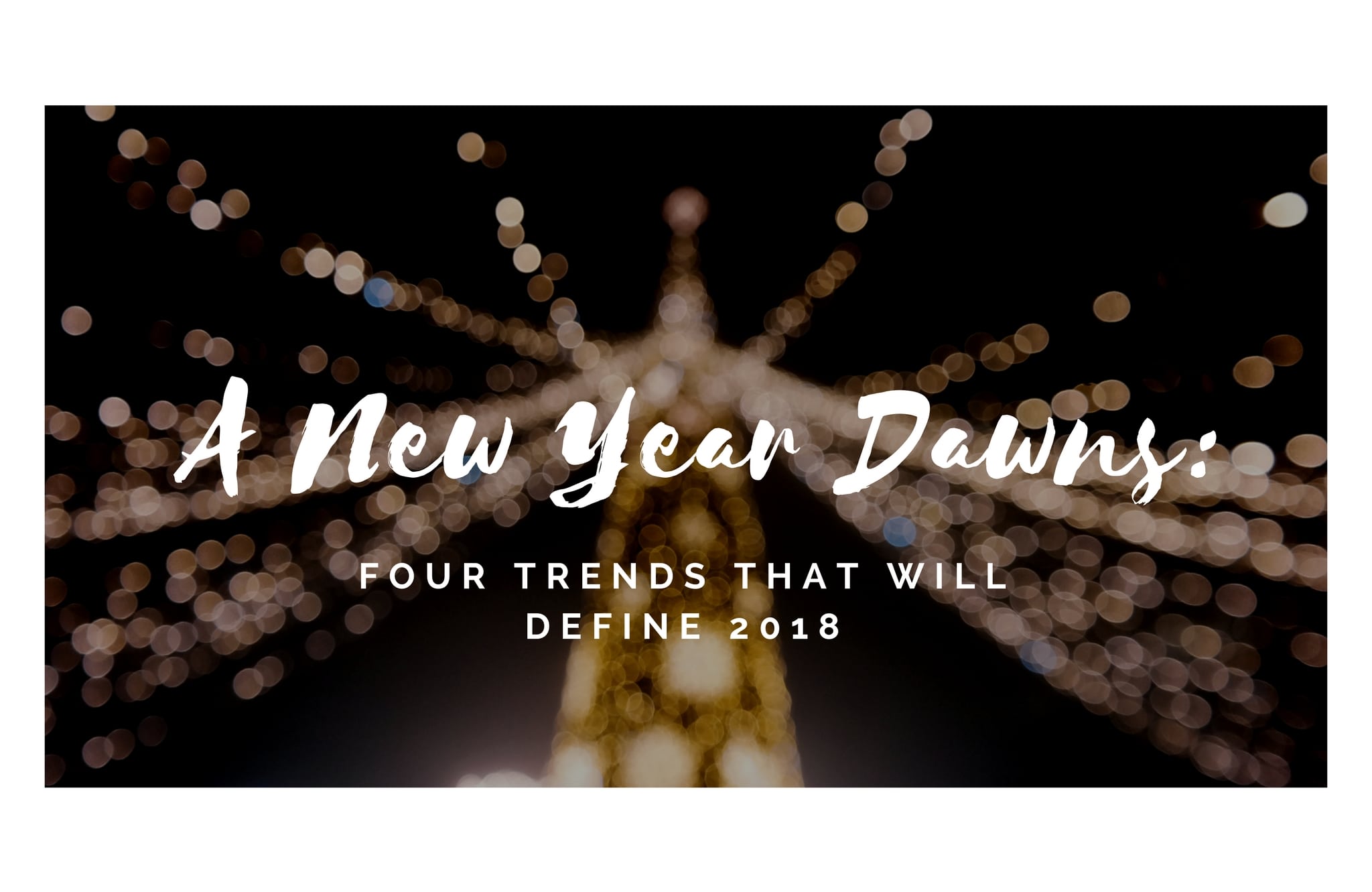A New Year Dawns: 4 Trends That Will Define 2018
Thursday, December 21, 2017 1:00 PM by Taylor Studios in Professional and Industry Tips

It’s hard to believe, but we have almost reached the beginning of yet another new year. With 2017 fading behind us in the rearview mirror, exhibit designers have a bright and promising 2018 ahead. Exciting opportunities await, new techniques and practices are gaining momentum, and more and more people everywhere are engaging with informal, participatory education. So perhaps it is time to take out our crystal balls and predict what some of the biggest trends will be for the museum and interpretive fields in 2018. Without further ado, and condensed for the sake of brevity, here are some of my own initial thoughts…
More Personalized Interpretive Experiences
In the 21st century world of individualized playlists, personal newsfeeds, and even – gulp – targeted advertisements, people desire personalized, customized experiences that cater to their individual interests and tastes. What does this mean for the field of museums and interpretation? It means that we must break centuries of practice and focus on visitors on a much more personalized level. Especially in museums, experiences have been created with the expectation that all visitors will go through and encounter the space in the same manner. Each visitor travels along the same path, sees the same objects, reads the same labels, and does the same interactives as every other visitor.
This is now changing. Interpreters in museums and elsewhere are finding ways to create multiple experiences based upon the same exhibition (or program), each experience uniquely tailored to individual visitors or to specific visitor types. At the American Museum of Natural History, the Explorer smartphone app serves as a personal tour guide giving each visitor a personalized tour of the museum, based upon that individual visitor’s interests.
More Virtual and Augmented Reality
Over the past year and a half, virtual and augmented reality has emerged as a high-tech, highly immersive way for museums, science centers, nature centers, and zoos to engage with their audiences. Although expensive, VR and AR provide an almost unbeatable way to put visitors into an environment that would otherwise be impossible (e.g. a past era) or problematic (e.g. a fragile collections area) to visit. Often dismissed as mere edutainment, VR and AR are nonetheless finding their way into an increasing number of interpretive sites as the technology becomes cheaper and better tested. The British Museum and The Metropolitan Museum of Art are just two of the world’s distinguished institutions that have pioneered VR or AR experiences within the last couple of years.
More Money Woes
It is well-known, but now almost decade-old, history: American nonprofits, including interpretive sites, were hit hard by the Great Recession of 2008. Ten years later, sites are still facing significant money woes, many of them arising from shrinking government funding. Will 2018 break this trend? Probably not. Due to harmful partisan clashes and understandable concerns about the size of government, many government programs for the arts, sciences, and humanities have experienced recent stress in funding and in mission. It is probably safe to say that interpretive sites should try to diversify their funding sources and seek money in new and creative (although always mission-focused) manners as 2018 begins.
More Inclusion, More Diversity
For the past few years, interpretive sites have finally opened up to wider audiences. Minority groups, often less targeted as visitors than affluent members of the majority, have been actively sought out via programming and exhibits specifically tailored to their interests. Museums, science centers, nature centers, zoos, and other interpretive sites have realized that it is part of their mission to reach underserved communities. Long focusing on public education, these sites are now redefining their targeted “public.” Nobly – and energetically – they are hoping to educate all: rich and poor, old and young, men and women, and those of all races and ethnicities. Look for this trend to continue into 2018, and – hopefully – beyond.

One of our exhibits at Purina Farms Visitor Center gives each visitor the chance to pair themselves with a dog of their choice. Visitors love the trend of individual choice.
Photo courtesy of Purina Farms Visitor Center and Taylor Studios, Inc.
The new year is always an exciting time of growth and innovation. What trends do you think will define 2018? What new initiatives is your organization planning?
A version of this article originally appeared in the January/February 2018 edition of InterpNEWS, found online here: https://issuu.com/interpnews/docs/in_-_jan-feb_2018_issue.
SaveSave
Share this on social networks